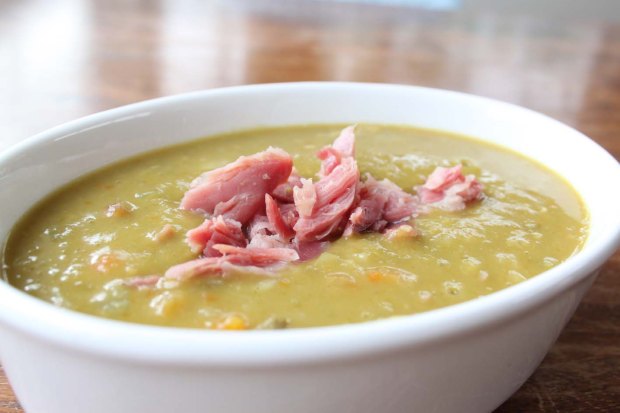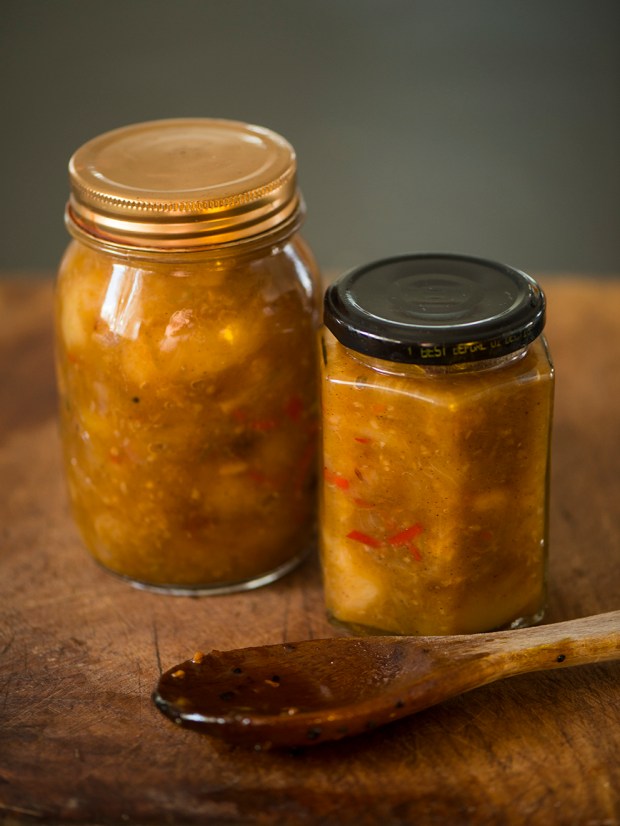
If, like me, you thought moussaka was a Greek dish, you were wrong. It originated in Rumania, but is widely cooked in Greece and Turkey. So there is your piece of trivia for today!
Just a word about cooking aubergine, or eggplant. I had been brainwashed by cookery books to do one of two things to aubergine before cooking: either slice it and soak it in milk for an hour to remove any bitterness, or sprinkle it with salt, leave for an hour, then wash. I do not like the salt method, as no matter how much you wash the aubergine, it still tastes salty. Turkey, (where almost everything contains aubergine), was an eye opener. They do absolutely nothing to their aubergine, except wait until the very last minute to peel and slice them. Since I went to Turkey, I have not soaked an aubergine in milk, nor have I salted one, and the results have shown such precautions to be absolutely unnecessary. Don’t peel and slice the aubergine until you are ready to use it. To cater to tradition, I have included the usual instructions in the recipe. If you trust me, forget them.
Moussaka is a combination dish of layers of cooked lamb mince and aubergine topped with a white sauce flavoured with Parmesan cheese. Do not be tempted to use beef mince. The combination of lamb and aubergine was made in heaven, and beef does not come even close.
Meat Sauce:
1 kg lamb mince
1 large onion, chopped
2 cloves garlic, crushed
Oil for cooking
1 cup chopped, peeled tomatoes, or equivalent amount of Italian tomato sauce
2 tablespoons tomato paste
½ cup white wine
2 tablespoons chopped parsley
1 teaspoon brown sugar
¼ teaspoon cinnamon
Salt and freshly ground pepper
2 large aubergine or several small ones
Oil for grilling
Sauté the onion and garlic in oil if a heavy based frying pan until transparent. Remove from pan and set aside. Increase the heat and brown the lamb mince, stirring well. Return the onions to the pan and add the tomatoes, tomato paste, wine, brown sugar and cinnamon. Season to taste. Cover and simmer gently for 30 minutes. If you feel the meat needs thickening, make a roux of flour and butter, add some of the liquid to the roux, stir well, ensuring that there are no lumps, then add to the sauce. Stir in the chopped parsley last.
Peel the aubergines and slice into 5mm slices. Sit them in a shallow dish containing milk for about half an hour. Drain off milk, wash aubergine well and dry with paper towels.
Spray a baking dish with oil, add a layer of aubergine and spray with oil. Place the aubergine under a hot grill, and lightly brown. Turn and repeat on the other side. Repeat with the remaining aubergine. Alternatively, the aubergine may be shallow fried in oil, but they will absorb a lot of unnecessary oil this way.
Grease an oven dish (approx. 33cm by 23cm by 5cm) and place a layer of aubergine slices in the base. Top with half the meat mixture. Add another layer of aubergine, then the remainder of the meat. Finish with a layer of aubergine.
Cream Sauce:
3 tablespoons butter
4 tablespoons flour
2 cups milk
Freshly grated nutmeg
½ cup grated Parmesan cheese (more if you like a very cheesy sauce)
1 egg, lightly beaten
Salt and freshly ground pepper
Make a thick white sauce using the butter, flour and milk. Add the grated nutmeg and half the grated Parmesan. Stir the beaten egg into the sauce.
Spread the sauce over the top layer of aubergine. Sprinkle with the remaining Parmesan cheese.
Preheat oven to 180C and bake Moussaka for 1 hour. Let stand for 10 minutes before cutting it into squares and serving.
Many thanks to Nadine from Feast Photography for the photo.










